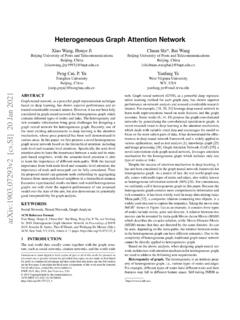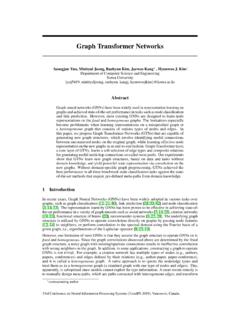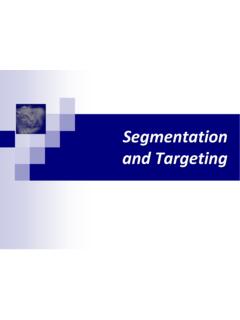Transcription of PREDICTION OF DISEASE USING MACHINE LEARNING
1 International Research Journal of Engineering and Technology (IRJET) e-ISSN: 2395-0056. Volume: 07 Issue: 05 | May 2020 p-ISSN: 2395-0072. PREDICTION OF DISEASE USING MACHINE LEARNING . Vaibhav Kulkarni1, Sushant Surwase2, Kedar Pingale3, Saurabh Sarage4, Prof. Abhijeet Karve5. 1 Kedar Pingale Zeal College of Engineering &Research Department of Information Technology 2 Sushant Surwase Zeal College of Engineering &Research Department of Information Technology 3 Vaibhav Kulkarni Zeal College of Engineering &Research Department of Information Technology 4 Saurabh Sarage Zeal College of Engineering &Research Department of Information Technology 5 Prof Abhijeet C. Karve Zeal College of Engineering &Research Department of Information Technology ---------------------------------------- -----------------------------**--------- ---------------------------------------- --------------------- Abstract DISEASE PREDICTION USING MACHINE LEARNING is 2.
2 OBJECTIVE. the system that is used to predict the diseases from the symptoms which are given by the patients or any user. The Currently, the scenario is if the patient is suffering from any system processes the symptoms provided by the user as symptoms then he/she must visit to the doctor or to the input and gives the output as the probability of the DISEASE . hospital to diagnose the DISEASE . But, our main objective is Na ve Bayes classifier is used in the PREDICTION of the DISEASE to reduce such efforts taken by patients only to diagnose which is a supervised MACHINE LEARNING algorithm. The the DISEASE . Many patients are losing their life only because probability of the DISEASE is calculated by the Na ve Bayes of the late diagnosis of their DISEASE . So our main aim is to algorithm.
3 With an increase in biomedical and healthcare reduce such deaths. data, accurate analysis of medical data benefits early DISEASE detection and patient care. By USING linear 3. EXISTING SYSTEM. regression and decision tree we are predicting diseases like Diabetes, Malaria, Jaundice, Dengue, and Tuberculosis. The existing system predicts the chronic diseases which are for a particular region and for the particular Key Words: Logistic Regression, Na ve Bayes Classifier, community. Only particular diseases are predicted by this Decision Tree, MACHINE LEARNING . system. In this System, Big Data & CNN Algorithm is used for DISEASE risk PREDICTION . For S type data, the system is USING MACHINE LEARNING algorithm K-nearest Neighbors, 1. INTRODUCTION Decision Tree, Na ve Bayesian.
4 The accuracy of the existing System is up to MACHINE LEARNING is the domain that uses past data for predicting. MACHINE LEARNING is the understanding of In the existing paper, they streamline MACHINE LEARNING computer system under which the MACHINE LEARNING algorithms for the effective PREDICTION of chronic DISEASE model learn from data and experience. The MACHINE - outbreak in DISEASE -frequent communities. They LEARNING algorithm has two phases: 1) Training & 2) experiment with the modified PREDICTION models over real- Testing. To predict the DISEASE from a patient's symptoms life hospital data collected from central China. They and from the history of the patient, MACHINE LEARNING propose a convolutional neural network-based technology is struggling from past decades.
5 Healthcare multimodal DISEASE risk PREDICTION (CNN-MDRP) algorithm issues can be solved efficiently by USING MACHINE LEARNING USING structured and unstructured data from the hospital. Technology. 4. PROPOSED SYSTEM. We are applying complete MACHINE LEARNING concepts to keep the track of patient's health. ML model allows us to Most of the chronic diseases are predicted by our system. build models to get quickly cleaned and processed data It accepts the structured type of data as input to the and deliver results faster. By USING this system doctors will MACHINE LEARNING model. This system is used by end-users make good decisions related to patient diagnoses and patients/any user. In this system, the user will enter all according to that, good treatment will be given to the the symptoms from which he or she is suffering.
6 These patient, which increases improvement in patient symptoms then will be given to the MACHINE LEARNING healthcare services. To introduce MACHINE LEARNING in the model to predict the DISEASE . Algorithms are then applied medical field, healthcare is the prime example. to which gives the best accuracy. Then System will predict DISEASE on the basis of symptoms. This system uses To improve the accuracy of large data, the existing work MACHINE LEARNING Technology. Na ve Bayes algorithm is will be done on unstructured or textual data. For the used for predicting the DISEASE by USING symptoms, for PREDICTION of diseases, the existing will be done on linear, classification KNN algorithm is used, Logistic regression is KNN, Decision Tree algorithm. used for extracting features which are having most impact value, the Decision tree is used to divide the big dataset 2020, IRJET | Impact Factor value: | ISO 9001:2008 Certified Journal | Page 2810.
7 International Research Journal of Engineering and Technology (IRJET) e-ISSN: 2395-0056. Volume: 07 Issue: 05 | May 2020 p-ISSN: 2395-0072. into smaller parts. The final output of this system will be 7. SYSTEM ARCHITECTURE. the DISEASE predicted by the model. 5. DATASET AND MODEL DESCRIPTION. Dataset used in this system is in a structured format. The dataset which is used contains the DISEASE name with its all symptoms. As our system is based on supervised LEARNING MACHINE algorithms, the dataset is having the label with 0 or 1. Then we divide the dataset into a Training dataset and Testing dataset. The model is trained by a training dataset. All algorithms were applied to this training dataset and then the MACHINE LEARNING model is trained. Then the testing dataset was provided to the trained model to test the accuracy of the model.
8 Fig -1: System Architecture DATASET OF HOSPITAL. 8. ALGORITHM. The hospital data will be in the form of structural format. The dataset used in this project is real-life data. The KNN. structural data contains symptoms of patients. Any dataset is converted into either 0 or 1. Zero value represents K Nearest Neighbor (KNN) could be terribly easy, simple feature/symptom impacts on DISEASE and value one to grasp, versatile and one amongst the uppermost represents that it does not impact on DISEASE . MACHINE LEARNING algorithms. In the Healthcare System, the user will predict the DISEASE . In this system, the user 6. EVALUATION METHOD can predict whether the DISEASE will detect or not. In the proposed system, classifying DISEASE in various classes To calculate performance evaluation in the experiment, that shows which DISEASE will happen on the basis of first, we denote TP, TN, Fp and FNias true positive(the symptoms.)
9 KNN rule used for each classification and number of results correctly predicted as required), true regression issue. KNN algorithm is based on feature negative (the number of results not required), false similarity approach. positive (the number of results incorrectly predicted as required), false negative(the number of results incorrectly It is the best choice for addressing some of the predicted as not required)respectively. We can obtain four classification related tasks. K-nearest neighbor classifier measurements: recall, precision, accuracy, and F1 algorithm is to predict the target label of a new instance by measures as follows: defining the nearest neighbor class. The closest class will be identified USING distance measures like Euclidean distance. If K = 1, then the case is just assigned to the Accuracy-: category of its nearest neighbor.
10 ( ). Precision = The value of k' has to be specified by the user and the best choice depends on the data. The larger value of k' reduces Recall = the noise on the classification. If the new feature in our case symptom has to classify, then the distance is calculated and then the class of feature is selected which is F1-Measure = nearest to the newer instance. In the instance of categorical variables, the Hamming distance must be used. It conjointly brings up the difficulty of standardization of the numerical variables between zero and one once there's a combination of numerical and categorical variables within the dataset. 2020, IRJET | Impact Factor value: | ISO 9001:2008 Certified Journal | Page 2811. International Research Journal of Engineering and Technology (IRJET) e-ISSN: 2395-0056.







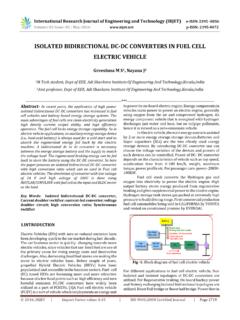


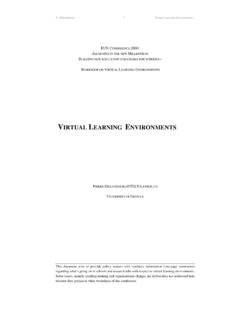
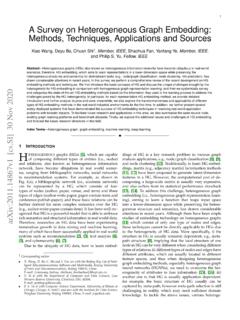
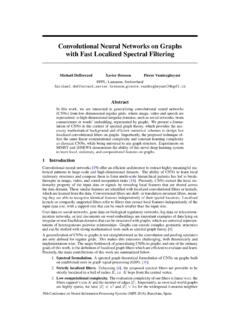

![arXiv:2106.06090v1 [cs.CL] 10 Jun 2021](/cache/preview/7/6/a/1/c/a/d/d/thumb-76a1caddd29bcbb1b857bf1a9d94f541.jpg)
